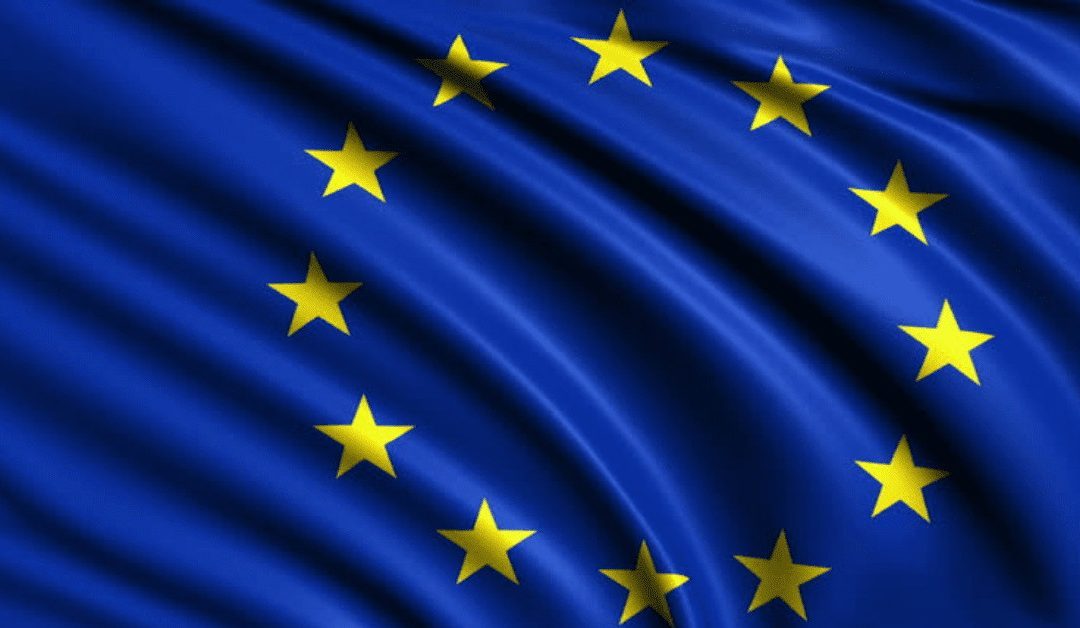
Table of content
The guidance structured as a questions-and-answers document highlights the key points related to the applicable regulatory requirements and also provides additional clarifications and recommendations to be taken into consideration by medical device manufacturers and other parties involved to ensure compliance to it.
It is also important to mention that provisions of the guidance and recommendations provided therein could be subject to changes, should such changes be reasonably necessary to reflect corresponding amendments to the underlying legislation.
Regulatory Pathways for Combined Medicinal Product and Medical Device Studies
According to the document, when a sponsor intends to conduct a clinical study involving a medicinal product and a medical device, which are not integrated as a single product, they are governed by two distinct legal frameworks.
This separation applies even in cases where these products are co-developed or intended for use in specific combinations.
The relevant regulations include the regulatory requirements for medical devices, outlined in the Medical Device Regulation (MDR), and those for clinical trials of medicinal products, governed by Regulation (EU) 536/2014 on clinical trials for medicinal products for human use (CTR).

Absence of a Unified EU Procedure for Combined Studies
There is no standard EU procedure for clinical investigations involving devices and medicinal products. Clinical investigations of devices fall under the MDR, while the CTR regulates clinical trials of medicinal products.
The absence of a harmonized procedure necessitates that the clinical study be designed to comply with both sets of regulations.
Administratively, combination studies must be submitted both as a notification or application for a device clinical investigation under the MDR and as a clinical trial for a medicinal product under the CTR.
The study documentation for these submissions may overlap, but each application must be self-sufficient and cannot refer to the other’s documentation, as they are handled in separate systems.
Furthermore, sponsors are encouraged to consult national guidance through National Competent Authorities.
Usability Tests Under the MDR
The European standard EN 62366-125 defines usability in the context of medical devices. It encompasses the effectiveness, efficiency, ease of user learning, and user satisfaction in the intended use environment.
The standard also details usability tests, user interface, user, and use environment, emphasizing safety.
Depending on the overall test design, usability testing may or may not be classified as a clinical investigation under Article 2(45) of the MDR.
The determination depends on factors such as the scope and purpose of testing and the extent of human subjects’ exposure to the device.
Manufacturers are advised to conduct usability tests with limited human exposure to device-related risks, documenting their justification for why a particular test does not fall under the definition of a clinical investigation when human subjects are involved.
Retrospective Clinical Studies and Definition of Clinical Investigation
A retrospective clinical study, which involves analyzing data generated from human subjects’ interaction with a device, does not fall under the definition of a clinical investigation according to the MDR.
This is because the involvement of human subjects and their exposure to the device precede the study itself, and such analysis does not introduce additional risks for patients.
However, national provisions must be considered in this context. Data from such studies may be incorporated into the clinical evaluation under appropriate circumstances.
Regulatory Aspects for Studies Not Specifically Evaluating Devices
When the objective of a clinical study is not to evaluate a device, but the device is necessary for the study (e.g., studying a physiological process or a medical method), the sponsor must consider regulatory aspects related to the device. This includes ensuring the device is either CE-marked according to relevant regulations or falls under specific categories like “in-house” or custom-made devices.
If a device lacks CE-marking, the study may need to be designed as a clinical investigation of the device itself.
Responsibility for Determining the Correct Regulatory Pathway
The sponsor is responsible for determining the correct regulatory pathway for a clinical investigation. This includes adhering to the MDR and national legislation.
The MDR requires manufacturers to have access to a Person Responsible for Regulatory Compliance. Sponsors should document their assessments and decisions and may consult the National Competent Authority for guidance.
Safety Reporting Requirements for Clinical Investigations
Safety reporting requirements for clinical investigations differ based on the context of the device use.
For investigations using non-CE-marked devices or CE-marked devices outside their intended purpose, Article 80 of the MDR applies.
Articles 87 to 90 and associated provisions are relevant for CE-marked devices used within their intended purpose.
National guidance on safety reporting should also be consulted.
Clinical Investigations of Non-Medical Purpose Devices and Custom-Made Devices
Devices without a medical purpose listed in Annex XVI of the MDR must comply with general safety and performance requirements, which may include clinical investigations.
Clinical investigations may be necessary for custom-made or in-house manufactured devices falling under specific articles of the MDR.
Coordinated Assessment Procedures
No coordinated assessment procedures are available under Article 78 of the MDR. However, with the eventual functionality of EUDAMED, some Member States may start a voluntary test for a coordinated assessment of multinational studies.
Conclusion
In summary, the present MDCG guidelines outline some key aspects to be taken into consideration by the parties responsible for clinical investigations to ensure the accuracy and reliability of their results. The document also explains the approach to be applied in certain specific scenarios.
How Can RegDesk Help?
RegDesk is a holistic Regulatory Information Management System that provides medical device and pharma companies with regulatory intelligence for over 120 markets worldwide. It can help you prepare and publish global applications, manage standards, run change assessments, and obtain real-time alerts on regulatory changes through a centralized platform. Our clients also have access to our network of over 4000 compliance experts worldwide to obtain verification on critical questions. Global expansion has never been this simple.

